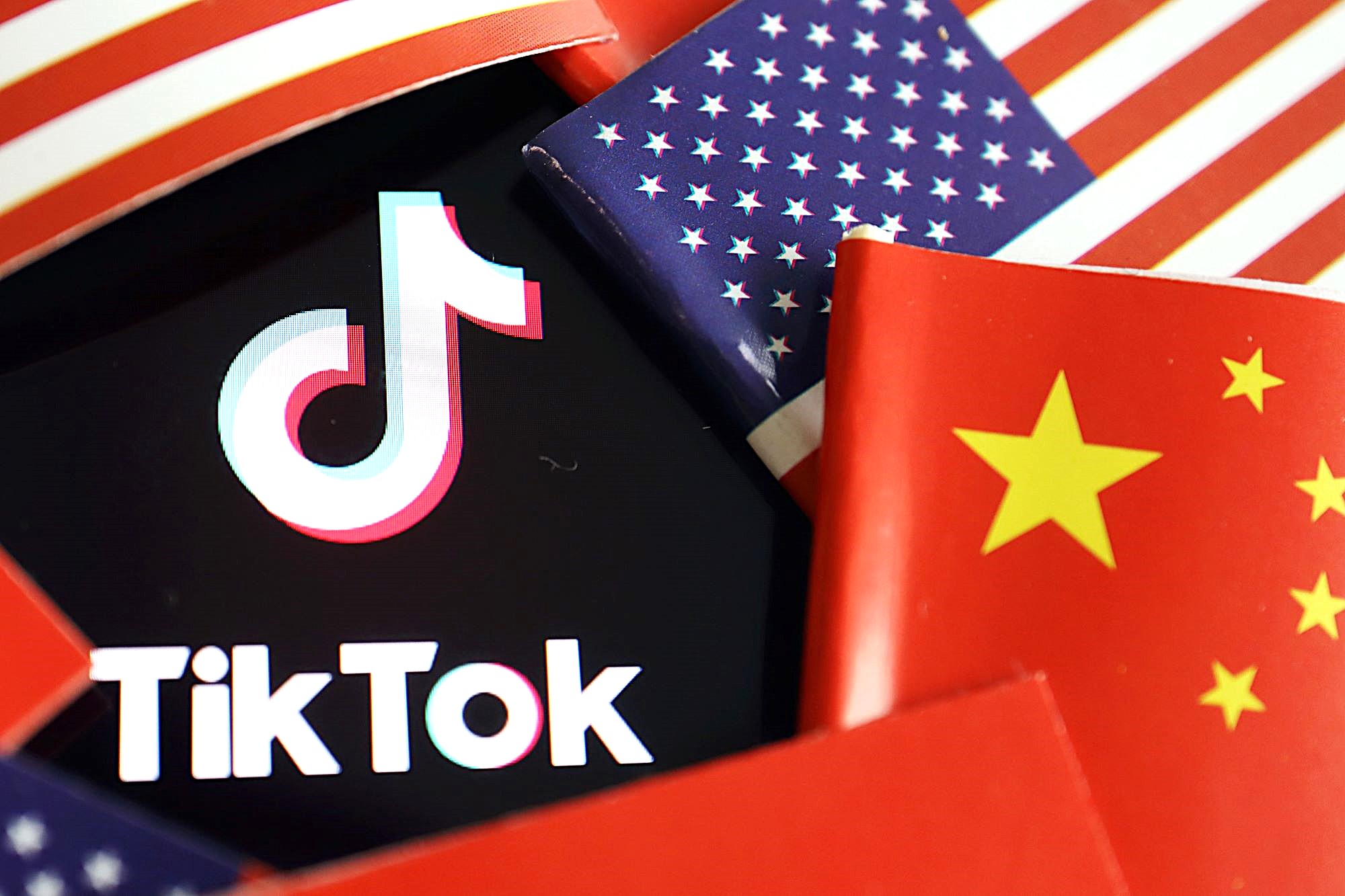Understanding the Legalities of TikTok Video Downloading in Different Countries
TikTok, the short-form video platform, has revolutionized how we engage with digital content. Its immense popularity has transformed the landscape of social media, creating a new realm for creativity and entertainment. With this rise, however, come significant legal concerns, particularly regarding the downloading and sharing of TikTok videos. This article aims to clarify the legal complexities associated with TikTok video downloading across various countries, helping users understand their rights and responsibilities when it comes to TikTok video download practices.
The Global Landscape of TikTok Usage
TikTok’s Rise to Fame
TikTok’s journey from a niche app to a global phenomenon has been rapid and transformative. Launched in 2016 by ByteDance, it quickly gained traction for its unique algorithm that curates content based on user preferences. With its seamless blend of music, dance, and challenges, TikTok has attracted a diverse user base, from teenagers to adults. The platform’s ability to turn everyday moments into viral sensations has set it apart from other social media networks.
The Appeal of TikTok Videos
TikTok videos are designed to captivate and entertain. The platform’s emphasis on short, engaging clips allows users to showcase their creativity in a limited timeframe. This format encourages viral trends and challenges, leading to widespread sharing. The content ranges from comedic skits to educational snippets, making it highly versatile and appealing to a broad audience.
Popular Content Types on TikTok:
- Dance Challenges: Users create and participate in viral dance routines.
- DIY and Tutorials: Creative how-tos on a wide array of topics.
- Comedy and Skits: Humorous content that often goes viral.
- Vlogs and Personal Stories: Insights into daily life and personal experiences.
General Concerns about Video Downloading
The ability to download TikTok videos presents several concerns:
- Copyright Infringement: Unauthorized use of content can lead to legal issues for both users and creators.
- Content Misuse: Downloaded videos can be edited or repurposed in ways that the original creator did not intend.
- Privacy Risks: Downloading videos may inadvertently expose personal information if not handled responsibly.
Legal Framework for Video Downloading
Copyright Laws Explained
Copyright laws are designed to protect the rights of creators and ensure that their works are used with permission. These laws grant creators exclusive rights to their content, including the right to reproduce, distribute, and display it. For TikTok videos, downloading and using these videos without permission constitutes a violation of copyright laws.
Fair Use vs. Copyright Infringement
Understanding the distinction between fair use and copyright infringement is crucial. Fair use allows limited use of copyrighted material without permission under specific circumstances, such as for educational purposes, commentary, or criticism. For example, using short clips for a review or critique might fall under fair use. Copyright infringement occurs when copyrighted material is used without permission in a manner that violates the creator’s rights, such as downloading and redistributing TikTok videos without authorization.
TikTok’s Policy on Video Downloading
TikTok’s Terms of Service
TikTok’s Terms of Service outline clear guidelines on how content can be used. Users are prohibited from downloading, reproducing, or distributing content without proper authorization. Violations of these terms can result in actions such as account suspension or legal challenges. TikTok actively monitors and enforces these terms to protect its content and creators.
TikTok’s In-App Download Features
TikTok provides an in-app feature for downloading videos, but this comes with limitations. Videos downloaded through TikTok include watermarks to identify the source, which helps prevent unauthorized redistribution. Downloaded videos are typically intended for personal use only and cannot be used for commercial purposes or publicly shared without additional permissions.
The Role of User Permissions
TikTok allows users to control how their content is accessed. Creators can adjust their privacy settings to prevent downloads or limit who can view their videos. By managing these permissions, creators can protect their work from unauthorized use and ensure their content is shared according to their preferences.
Regional Legalities: Case Studies
United States
In the U.S., copyright law is governed by the Copyright Act of 1976, which provides extensive protection for original works:
- Legal Protections: Includes the right to control how videos are reproduced, distributed, and publicly displayed.
- Enforcement: Creators can take legal action against those who infringe their copyrights, which can include issuing cease and desist orders or pursuing lawsuits.
European Union
The EU has implemented several regulations to protect digital content:
- General Data Protection Regulation (GDPR): Regulates data protection and privacy, impacting how personal information in videos is handled.
- Copyright Directive: Provides comprehensive guidelines on how copyrighted content should be managed and shared within the EU.
China
China enforces strict regulations on digital content:
- Local Content Control: Includes regulations on how content is created, shared, and managed, with significant penalties for violations.
- Copyright Enforcement: Unauthorized downloading and distribution can lead to severe legal consequences, including fines and other penalties.
India
India has recently strengthened its approach to digital content regulation:
- Digital Regulations: New guidelines focus on content management and copyright enforcement, impacting how TikTok videos are handled.
- Legal Framework: Unauthorized downloading and sharing of content can result in fines and other legal penalties.
Australia
Australia’s Copyright Act 1968 governs the protection of digital content:
- Legal Framework: Provides protection for creators and outlines the legal implications of copyright infringement.
- Enforcement: Includes penalties such as fines and legal action for unauthorized downloading and distribution.
The Role of Downloading Tools and Apps
Types of TikTok Video Downloaders
| Type | Description |
| Browser Extensions | Add-ons that enable users to download videos directly from their web browser. |
| Standalone Applications | Dedicated apps that offer advanced features like batch downloading or video conversion. |
Legal Implications of Using Third-Party Tools
| Legal Concern | Description |
| Terms of Service Violation | Many tools bypass TikTok’s built-in restrictions, potentially violating the platform’s terms of service. |
| Copyright Risks | Tools may infringe on copyright laws, leading to legal consequences for users who download and redistribute content without permission. |
Enforcement and Penalties
Common Legal Actions
Copyright holders utilize various strategies to enforce their rights and address unauthorized use of their content. One common method is issuing cease and desist letters. These formal requests demand that individuals or entities stop using the copyrighted material and remove any infringing content. Takedown notices are another tool used to request that online platforms remove copyrighted material that has been posted without authorization. Additionally, copyright holders may pursue legal action through lawsuits and other legal proceedings to seek damages and enforce their rights. This process can involve extensive legal battles, potentially leading to court judgments that mandate the cessation of infringing activities and compensation for damages.
Potential Penalties for Infringement
The consequences for copyright infringement can be severe and multifaceted. Financial fines are a common penalty for unauthorized use of copyrighted material, which can be substantial depending on the extent of the infringement. In addition to monetary fines, legal fees may accumulate as a result of defending against copyright claims or pursuing legal action. In extreme cases, where infringement is deemed particularly egregious or willful, criminal charges may be brought, potentially resulting in imprisonment. These severe penalties underscore the importance of adhering to copyright laws and respecting creators’ rights in the digital age.
Best Practices for Legal Video Downloading
Obtaining Permissions
To ensure legal use of TikTok videos:
- Request Consent: Always seek permission from the content creator before using or sharing their videos.
- Understand Terms: Ensure that any use of the content aligns with the creator’s terms and conditions.
Using Official Channels
For safe and legal downloading:
- In-App Features: Utilize TikTok’s built-in download options, which are designed to comply with legal requirements.
- Avoid Unauthorized Tools: Refrain from using third-party tools that may violate copyright laws or TikTok’s terms of service.
The Future of TikTok and Video Downloading
Emerging Trends
As digital content evolves, regulations will need to keep up. New technologies in content creation and sharing, such as augmented reality and AI, may lead to updates in legal frameworks. These innovations will push for adaptations in copyright laws and content management practices, ensuring they remain relevant in a rapidly changing digital environment.
Predictions for Global Regulations
Future developments may focus on creating more uniform content protection rules across different countries. This could simplify international compliance for creators and platforms. Additionally, we can expect stronger measures to safeguard creators’ rights, aiming to balance fair use with enhanced protection against unauthorized content distribution.






